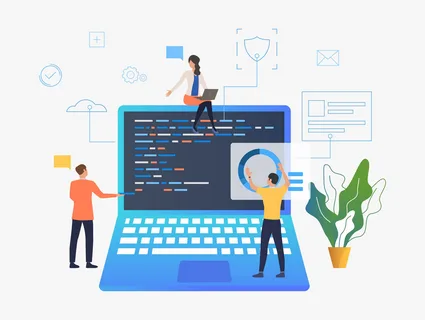How Does the Build-Measure-Learn Feedback Loop Work?

The Build-Measure-Learn feedback loop is a core principle of the Lean Startup methodology, helping startups develop products efficiently while minimizing risks. It is a continuous cycle where startups build a product (or feature), measure its performance in the market, and learn from the results to inform the next iteration. This iterative process ensures that companies create products that truly meet customer needs.
The Three Stages of the Build-Measure-Learn Loop
1. Build: Developing the Minimum Viable Product (MVP)
Startups begin by creating a Minimum Viable Product (MVP)—a simplified version of the product with only essential features. The goal is to test a core hypothesis with minimal resources rather than developing a full-fledged product upfront.
2. Measure: Gathering Data and Feedback
Once the MVP is launched, startups collect data on how users interact with the product. This includes analyzing metrics such as user engagement, retention rates, and conversion rates. Qualitative feedback, such as customer reviews and surveys, also plays a crucial role in understanding user behavior.
3. Learn: Refining the Product Based on Insights
After analyzing the collected data, startups determine whether their initial assumptions were correct. If the product meets customer needs, they can continue improving it. If not, they may need to pivot—making a significant change in the product’s direction.
Why Is the Build-Measure-Learn Loop Important?
- Reduces waste by focusing only on features that provide value.
- Accelerates learning by gathering real-world data instead of relying on assumptions.
- Enables agility by allowing startups to quickly adapt based on feedback.
- Increases chances of success by ensuring products align with customer needs.
Final Thoughts
The Build-Measure-Learn feedback loop is a powerful tool for startups to develop products efficiently while continuously improving them based on real user data. By following this cycle, businesses can create solutions that evolve with market demand, increasing their chances of long-term success.
- Arts
- Business
- Computers
- Jocuri
- Health
- Home
- Kids and Teens
- Money
- News
- Recreation
- Reference
- Regional
- Science
- Shopping
- Society
- Sports
- Бизнес
- Деньги
- Дом
- Досуг
- Здоровье
- Игры
- Искусство
- Источники информации
- Компьютеры
- Наука
- Новости и СМИ
- Общество
- Покупки
- Спорт
- Страны и регионы
- World


